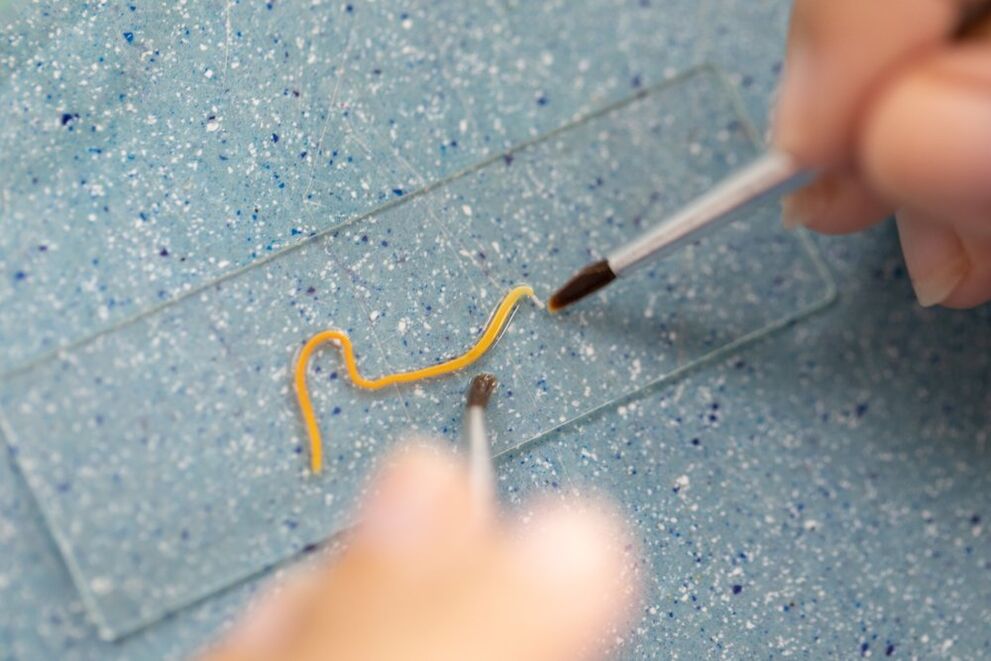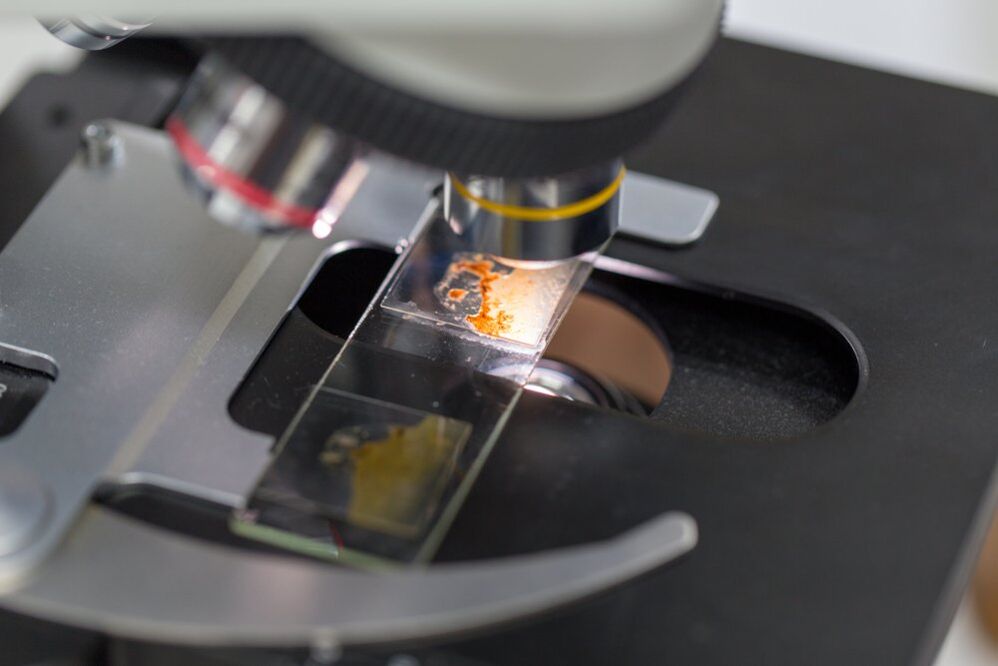Helminths are the oldest and most numerous inhabitants of our planet. It is known that they can live almost anywhere, and the human body is the best environment for existence for many. There, the parasite is maximally protected from external influences, but can also receive the nutrients needed for growth and development. Not all helminthiases have obvious symptoms (like the same enterobiasis): often a person does not suspect that they are living in the body of uninvited guests. How to detect a parasitic invasion?
Why are helminths dangerous for the human body?

Although helminths can live asymptomatically in humans for a long time, this does not mean that their vital functions are safe. All parasites in the process of growth, development and death secrete certain substances that help the body to become sensitive and develop allergic reactions. Rash, itchy skin and even anaphylactic shock can be the result of parasitic worms.
In addition, many helminths are localized in the patient's gastrointestinal tract and disrupt normal digestion and absorption of nutrients. The patient notes the appearance of weakness, fatigue, dizziness, and lightheadedness, which may be associated with the development of anemia. Fragile nails, hair, dry skin and mucous membranes can be caused by iron deficiency, hypovitaminosis and lack of mineral components. Against the background of chronic diarrhea, some patients develop dehydration and even increase the risk of hemorrhoids.
Many helminths have a mechanical effect on the wall of the gastrointestinal tract. Suctions and hooks damage tissues, which contributes to ulcerative and erosive changes. There are also cases of the development of inflammation against the background of helminthiasis of the additional process.
Who should be examined?
In fact, everyone is at risk. Almost all people eat meat or fish, vegetables, fruits and berries, as well as drink unboiled water and swim in reservoirs. Children are especially sensitive in this regard: they have the most helminth eggs. Babies put dirty toys and anything else in their mouths, hug dogs with stray and domestic cats, and violate the rules of personal hygiene. There are several types of analysis:
Preventive tests
The goal is to detect parasitic worms in a timely manner in the absence of symptoms. It is recommended to undergo such an examination at least once a year.
Barrier analysis
These are aimed at preventing the spread of helminthiasis among humans. It is important to present a certificate when a child enters a preschool or goes to the pool. Medical and nutrition workers should undergo a similar test.
According to indicators
If you suspect the development of helminthiasis (epidemiological history and specific complaints), the specialist will prescribe a specific study. This allows you to diagnose the disease in a timely manner and begin treatment.
Analysis for helminth eggs
A fairly popular method for detecting helminth eggs is the study of feces. In this case, no additional preparation is required: you just need to collect the biological material in a special container and take it to the laboratory. However, experts advise not to take any antiparasitic drugs before the test: this may affect its accuracy. It should also be noted that the analysis must be submitted at least 3 times to exclude false positive and false negative results. Today, the study of feces for helminth eggs gradually allows new methods - the detection of antibodies against a particular parasite in the blood.
How to detect enterobiosis?
Enterobiasis is one of the most common helminthiases and is caused by pinworms. The disease often occurs in schools and kindergartens, but there is also a risk of infection in adults. The main symptom of the disease is severe itching in the perianal region. Enterobiasis is diagnosed by a spot or itching in the area near the anus. This is because the pathogen leaves the intestines to lay eggs on the surface of the skin folds of the tooth. The procedure is performed before going to the toilet and washing in the morning, which allows you to get accurate results.
Diagnosis of ascariasis

Roundworms are helminths up to 40 cm long. They can travel throughout the body, affecting not only the gastrointestinal tract but also the lungs. Sputum and feces samples can be used as research material: the genetic material of the parasite has been found in them. In addition, ascaris eggs are often found in the patient's feces. However, the most effective diagnostic method is the detection of specific antibodies to parasitic worm antigens in the patient's blood.
How to diagnose opisthorchiasis?
Cat scratching causes opisthorchiasis, which is characterized by liver damage. Therefore, opisthorchiasis eggs can be found not only in feces, but also in the water of the duodenum. In recent years, the enzyme immunoassay has been widely used to detect antibodies to opisthorchiasis. In addition, helminths can be detected using a polymerase chain reaction, which is also effective in small amounts of biological material.
Determination of trichinosis
Trichinella is a helminth that mainly affects the muscles but can migrate to the central nervous system, causing irreversible changes. If the development of this helminthiasis is suspected, a muscle biopsy was previously performed, but in recent years it has been replaced by serological methods. Detection of antibodies to Trichinella in the patient's blood is the cause of the diagnosis.
























